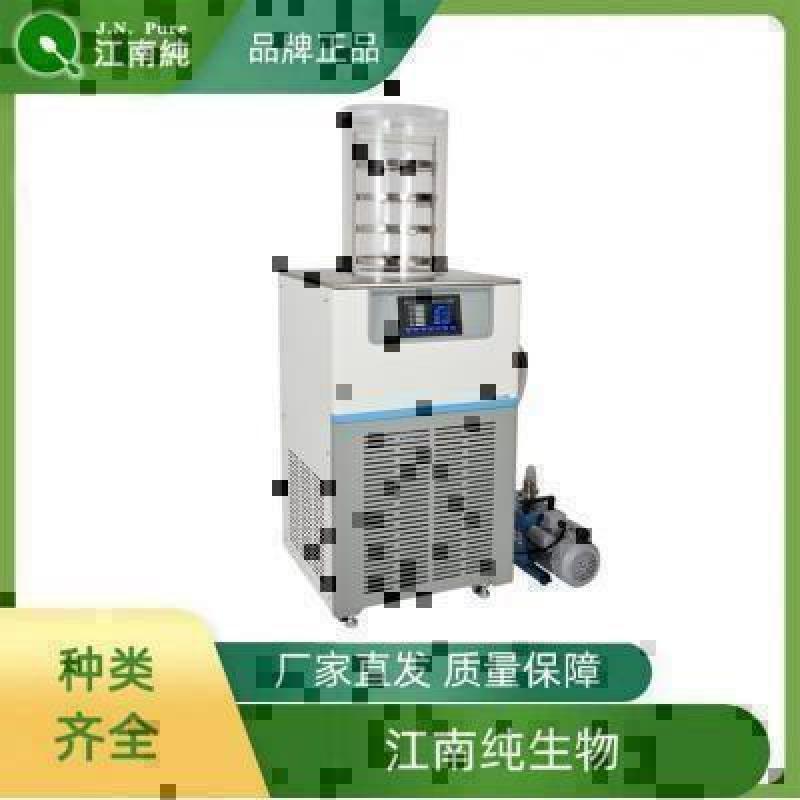Anti-H3N1 hemagglutinin antibody
| 英文名称 | H3N1 hemagglutinin |
| 中文名称 | 流感病毒H3N1血凝素抗体 |
| 别 名 | HA; Influenza A virus H3N1; hemagglutinin; H3N1; H3N1 hemagglutinin; Hemagglutinin HA1 chain; Hemagglutinin HA2 chain; K9URT3_9INFA. |
DATASHEET
Host:Rabbit
Target Protein:H3N1 hemagglutinin
IR:Immunogen Range:465-550/550
Clonality:Polyclonal
Isotype:IgG
Entrez Gene:N/A
Swiss Prot:K9URT3
Source:KLH conjugated synthetic peptide derived from hemagglutinin [Influenza A virus A/environment/North Dakota/NWRC185233-06/2007(H3N1)]:465-550/550
Purification:affinity purified by Protein A
Storage:0.01M TBS(pH7.4) with 1% BSA, 0.03% Proclin300 and 50% Glycerol. Shipped at 4℃. Store at -20 °C for one year. Avoid repeated freeze/thaw cycles.
Background:Hemagglutinin (HA) is a class I viral fusion protein from Influenza virus. It is a major glycoprotein, comprising over 80% of the envelope proteins present in the virus particle. HA binds to sialic acid-containing receptors on the cell surface, bringing about the attachment of the virus particle to the cell, and is responsible for penetration of the virus into the cell cytoplasm by mediating the fusion of the membrane of the endocytosed virus particle with the endosomal membrane. The extent of infection into host organism is determined by HA. In natural infection, inactive HA is matured into HA1 and HA2 outside the cell by one or more trypsin-like, arginine-specific endoproteases secreted by the bronchial epithelial cells. The HA protein is a homotrimer of disulfide-linked HA1-HA2. It also plays a major role in the determination of host range restriction and virulence. Genetic variation of hemagglutinin and/or neuraminidase genes results in the emergence of new influenza strains.
Size:100ul
Concentration:1mg/ml
Applications:WB(1:500-2000)
ELISA(1:5000-10000)
IHC-P(1:100-500)
IHC-F(1:100-500)
ICC(1:100-500)
IF(1:100-500)
Cross Reactive Species:Influenza A virus H3N1.
For research use only. Not intended for diagnostic or therapeutic use.


好评度